With the return of rainy, cool weather, autumn is in full swing here in the Pacific Northwest. And while it’s not always the most fun to work outside these days, the fact is, it’s perfect weather for planting and taking care of some important yardwork. So, here’s what’s on my gardening to-do list this month—grab your raincoat!
First, it’s time to replace your summer flowers with two types of flowers that will provide fresh color for both winter and spring. If you love the color that spring-blooming bulbs offer, now is the time to plant. Tulips, daffodils and other early-spring bloomers need the winter to put out roots and grow, so even though you won’t see anything happening above-ground until late January at the earliest, get them planted now and they’ll be well-established come spring.
When I plant bulbs, I prefer to plant in groups. If you’ve ever visited a bulb display garden, you know the impact that bulbs planted en masse can have. Now, I’m not suggesting you make your yard look like a tourist destination, but even on a smaller scale, a single grouping of 10-12 bulbs makes a much bigger impact than 10-12 bulbs scattered around the yard. For that reason, I recommend digging a wide, flat-bottomed hole, sprinkling bone meal into the bottom and working it into the soil, then arranging your bulbs in the desired pattern or grouping type. Stop by Vander Giessen’s this month and let us help you pick out a mix of bulbs that will work suit your needs–we have a great selection of top quality Dutch bulbs available.
Now, I mentioned planting two types of flowers for color through winter and spring—and bulbs are sure to give you color in spring. But for winter-long color, nothing beats the happy faces of winter pansies. It’s unfortunate, really, that modern derogatory slang dictates that a wimpy, weak person is a ‘pansy,’ because these flowers are truly anything but. Winter pansies not only bloom until the hardest winter freeze, as soon as the weather climbs above freezing, they continue to put out new flowers well into late spring or even early summer.
So, after you’ve planted your bulbs, top off the areas you’ve planted with a grouping of pansies. Choose colors that coordinate with your bulbs and you’ll have a beautiful mix of heights, textures and colors come spring when your bulbs push up through the pansies and bloom!
Beyond the realm of flowers, though, October is still a great time to plant shrubs, trees and perennials. While our air temperatures are cooling, the soil still has some summer warmth left in it, making for rapid root development on whatever you choose to plant. Add to that the free watering your plants will get every time it rains plus our fall clearance sale as we reduce our plant inventory for winter and there’s little reason to not plant!
Lastly, think of autumn as the beginning of the year for your lawn—and here in the Pacific Northwest, the first thing to do in just about any lawn care plan is prevent moss growth. October is the perfect time to apply granular lime to your lawn to discourage moss and keep your grass healthy. Since moss tends to grow during cool, wet weather, fall is the best time of year to apply lime, but given the amount of rain we typically get here in northwest Washington, plan to reapply in spring. In any case, use a fast-acting lime like Espoma Lightning Lime and you’ll have much less moss to try to eradicate come spring.
October isn’t always the most pleasant month for yard work, but we wouldn’t be true Washingtonian gardeners if we let a little rain slow us down, right? So, enjoy the nip in the air and make the most of fall gardening!


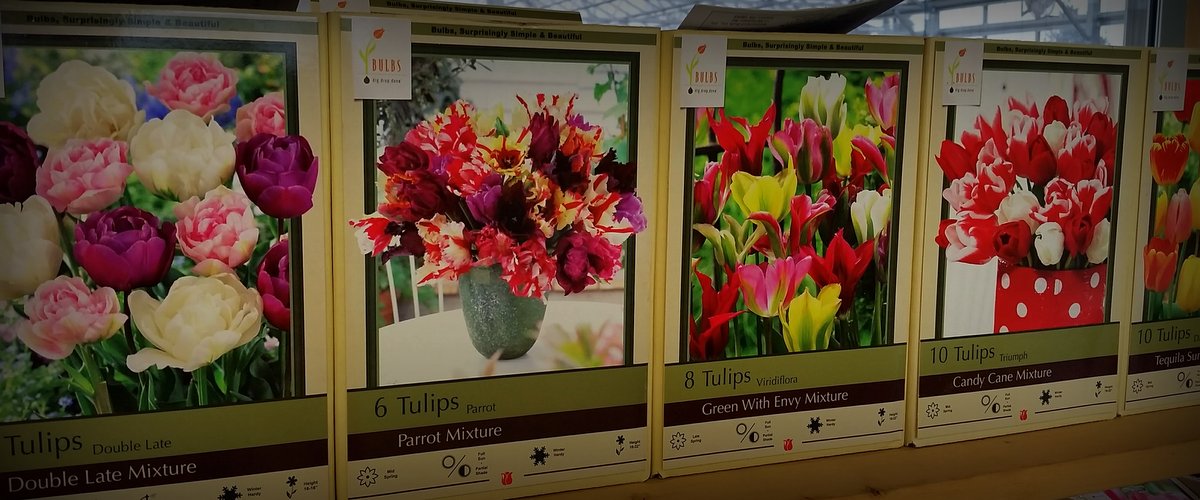
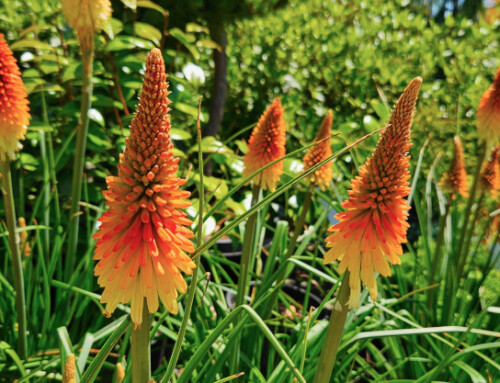
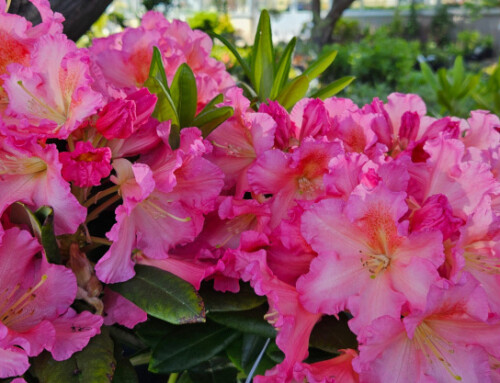
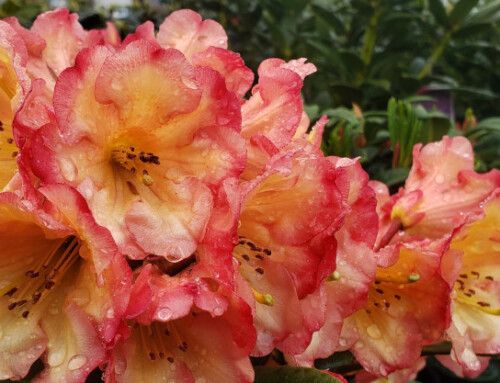
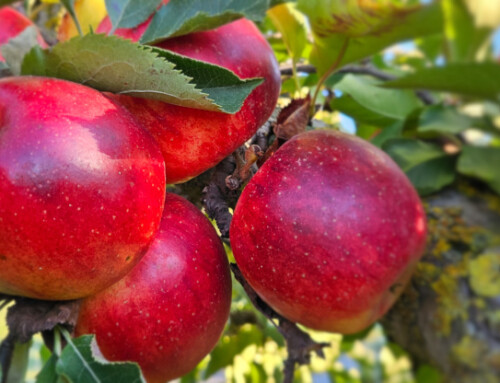
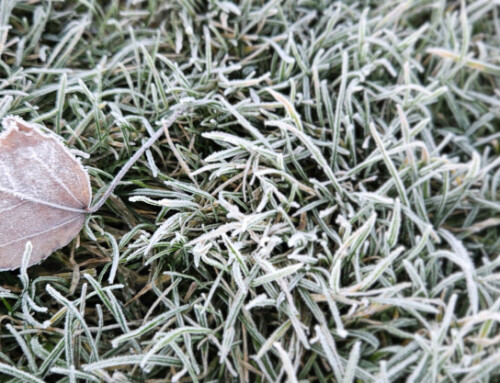
Leave A Comment